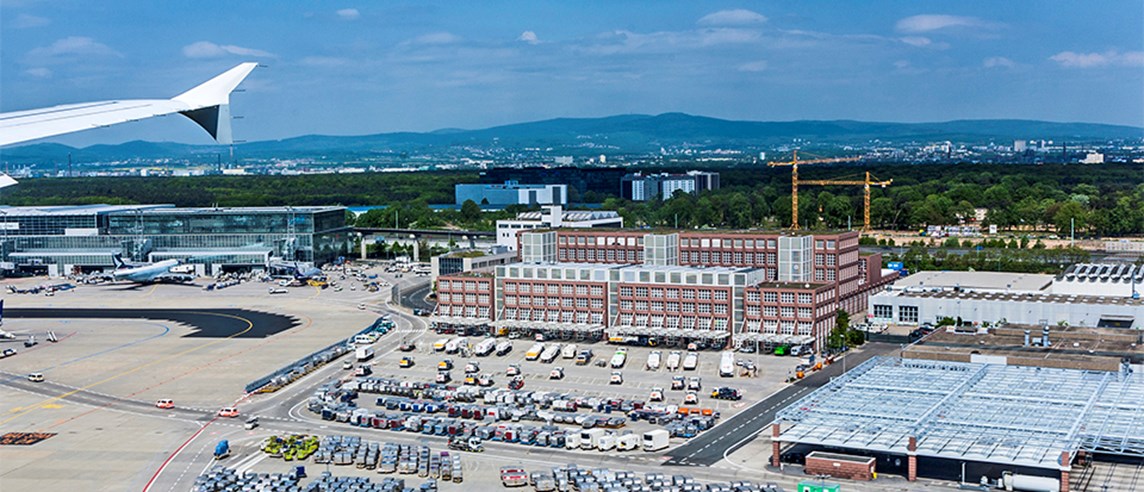
Insights of smart parking use cases from European Airports
Airports can increase the customer satisfaction by delivering a first-class parking experience as car parking is the first touchpoint with the Airport for car drivers. Cleverciti will describe and discuss with the attendees, how to improve customer loyalty with smart parking services along the customer journey and show the solutions on the example of European Airports.
The description of the services are the following:
For the car driver:
Before departure:
Information about available parking spaces from home
On the way to the airport:
Direct navigation to the specific available parking space
On-site:
Exact display of the location of available parking spaces
After returning from holiday: locate the vehicle in large parking areas via Carfinder functionalities
For the Airport:
Seamlessly connects the services offered by the Airport in one of the passenger’s first steps = select parking space - reserve parking space – locate parking space
Immediate location and better use of parking spaces through the range of services and customer navigation
Better use of the car park thanks to optimal guidance of vehicles on the site even in remote areas
CO2 reduction due to less cars searching for free parking spaces if parking squares are already occupied
Reduction in illegal parking due to optimum guidance – even to the very last available space
Precise analysis of the use of outdoor parking spaces
Efficient use of outdoor car parks
= Optimisation of revenue
About Cleverciti
Cleverciti Systems has developed a cost-efficient smart parking solution to monitor parking space availability in real-time. Cleverciti sensors analyze, identify and measure the size of occupied and free parking spaces across entire streets or large parking areas, motorway service areas and truck parking. Cleverciti parking sensors can be mounted on walls or on existing lamp posts — turning them into "smart lamp posts". The exact GPS coordinates of each free or occupied parking space are sent directly from the sensors in real-time to mobile devices, navigation devices and local parking guidance systems for motorists’ benefit. Cities and parking operators also receive valuable data; not just about the availability of parking spaces but also in terms of payment data, utilization of the parking spaces and other statistics.

